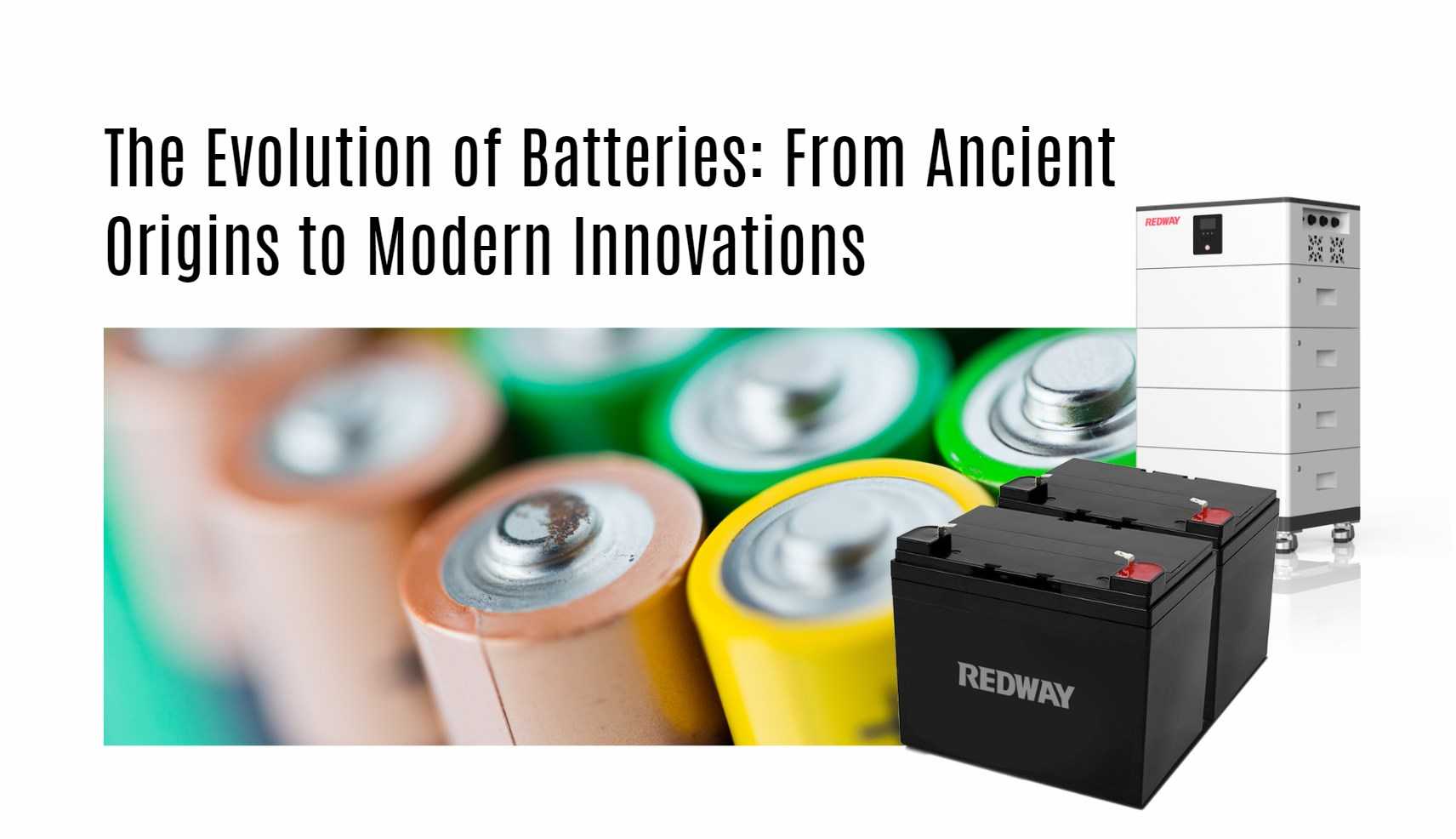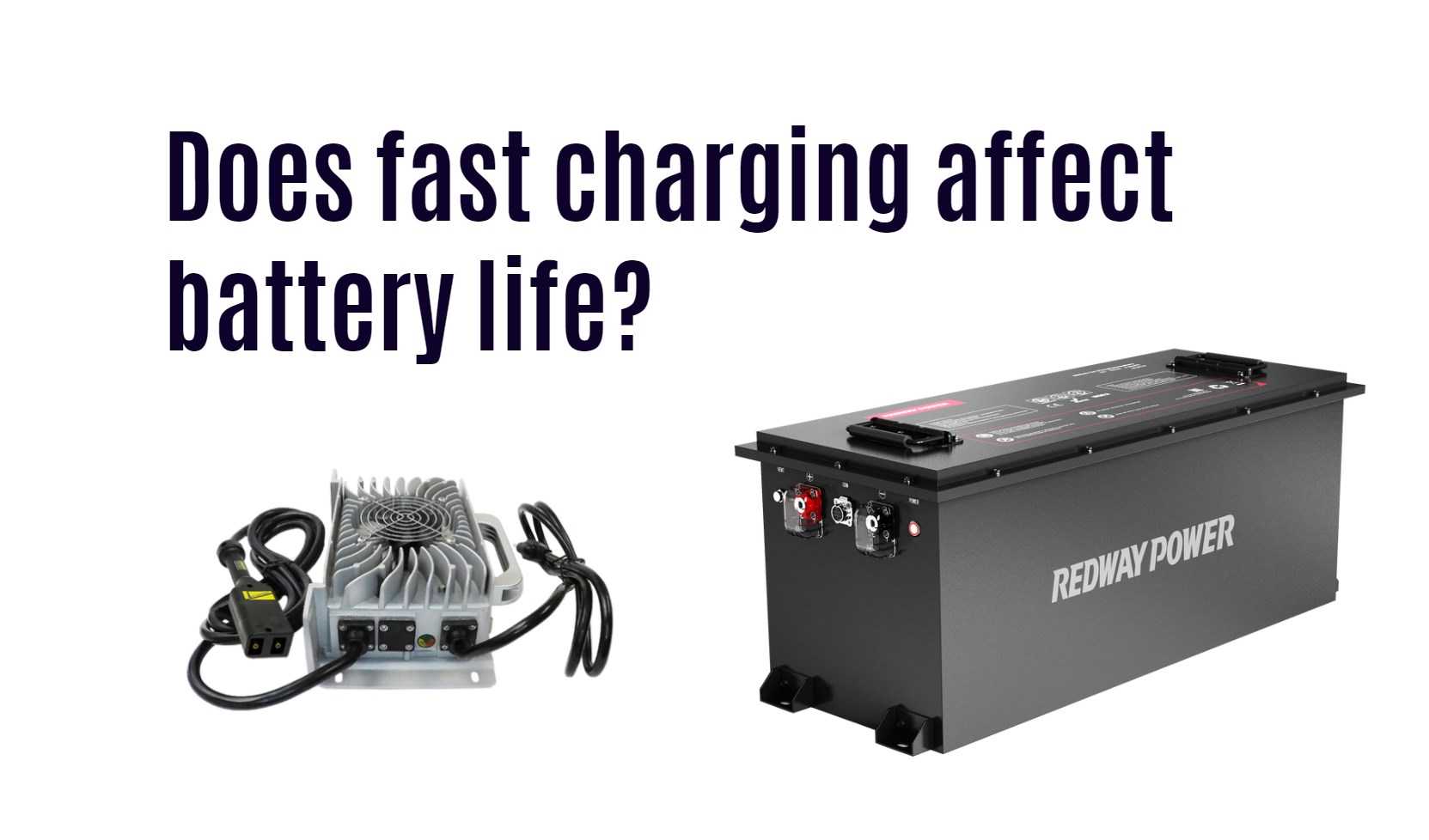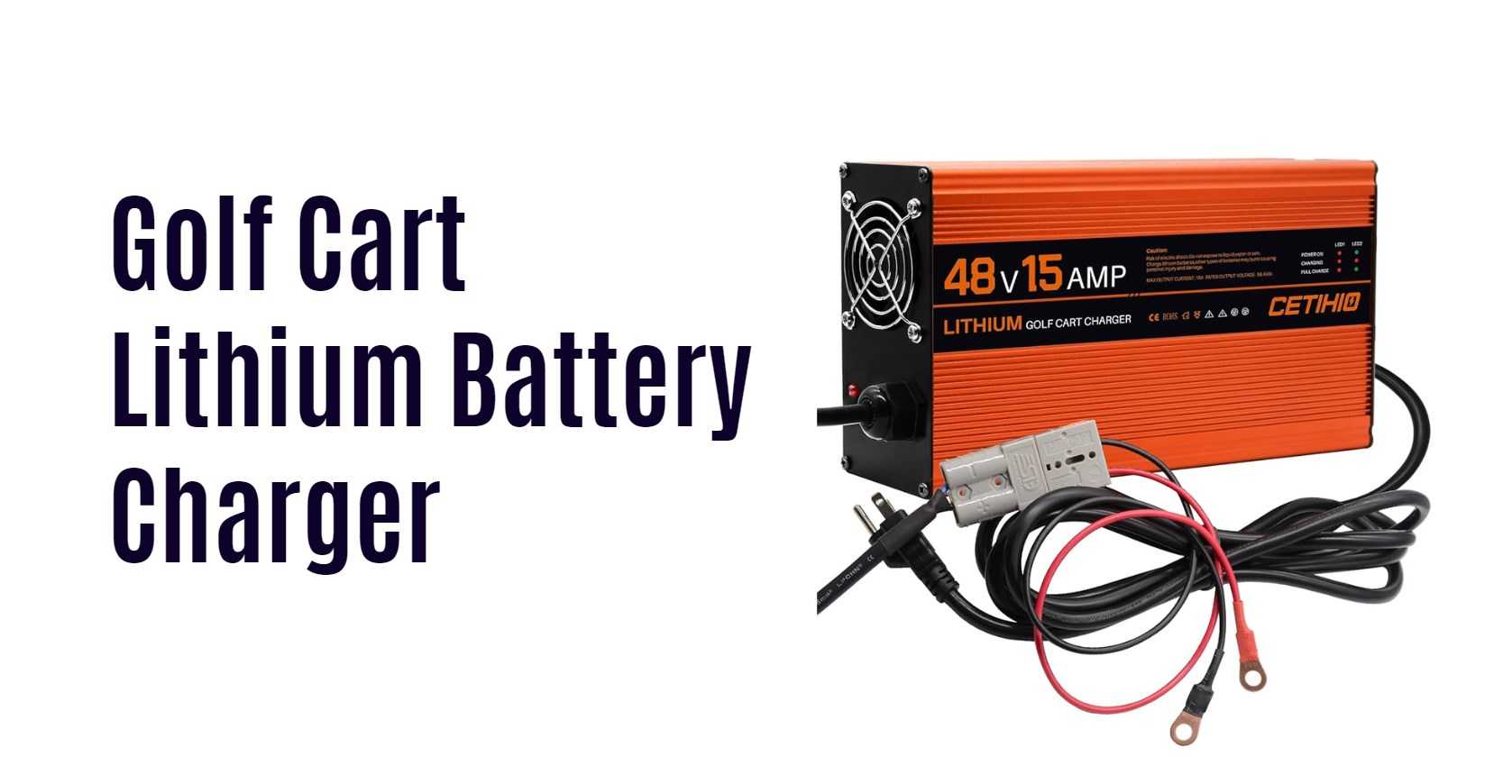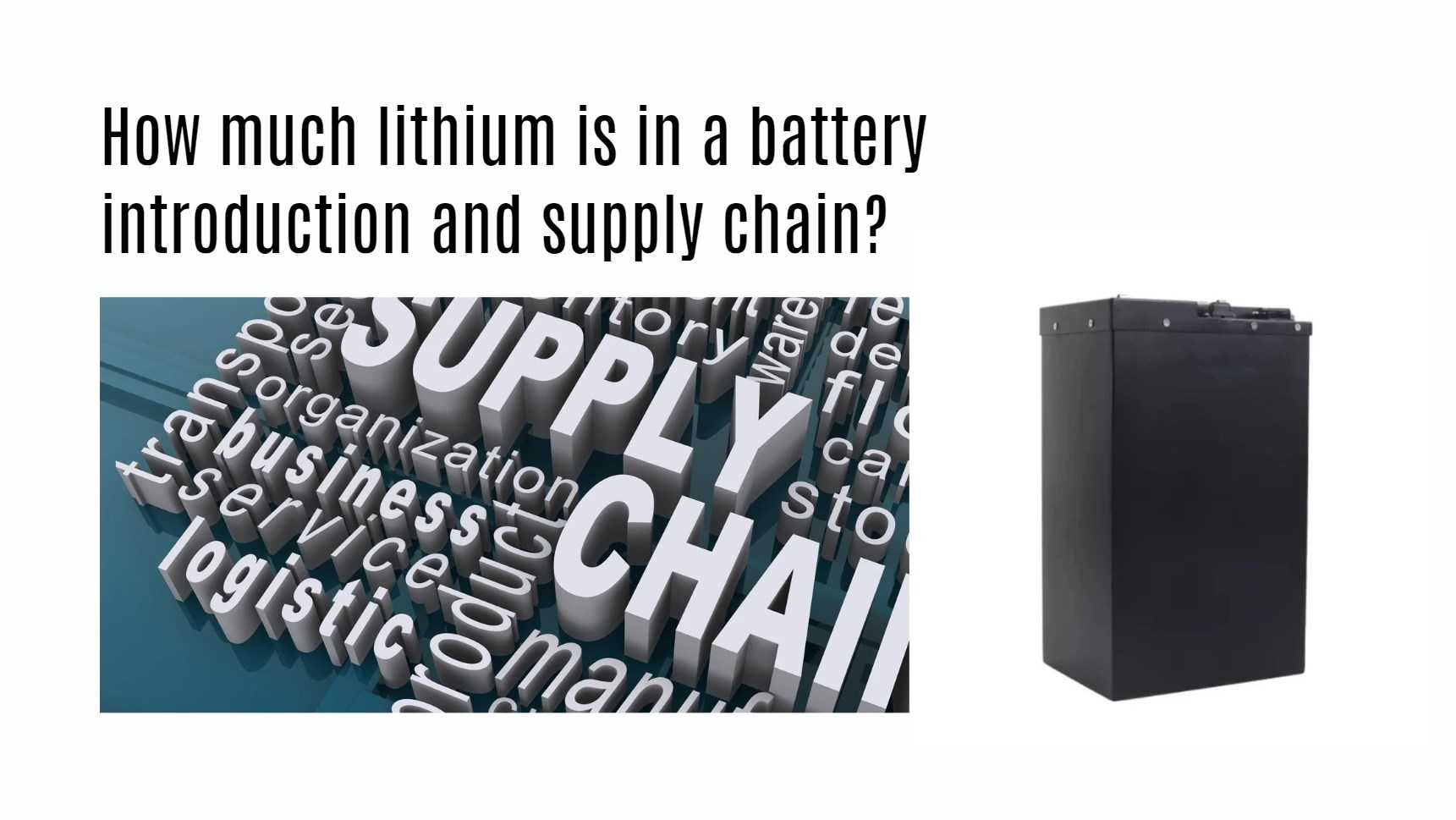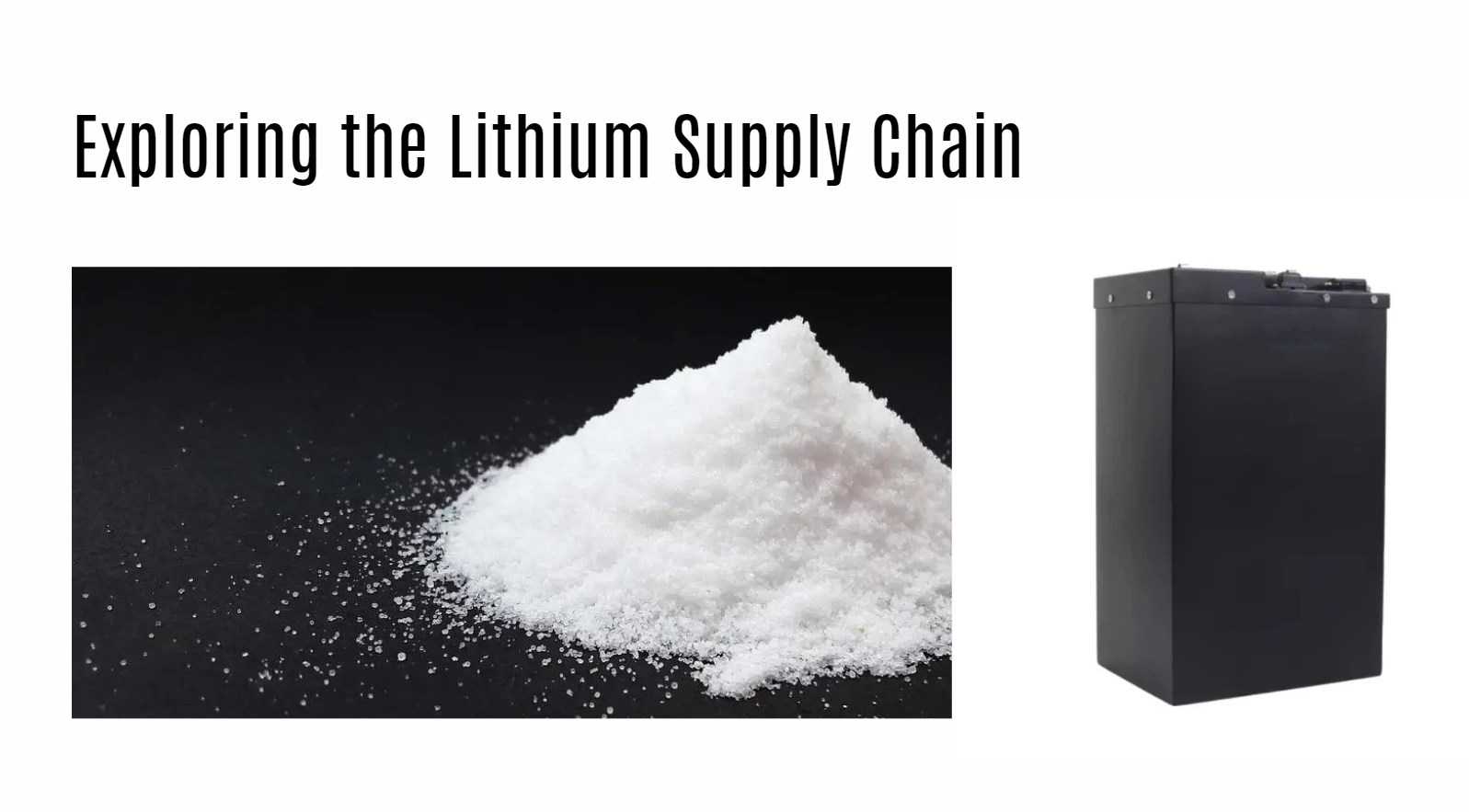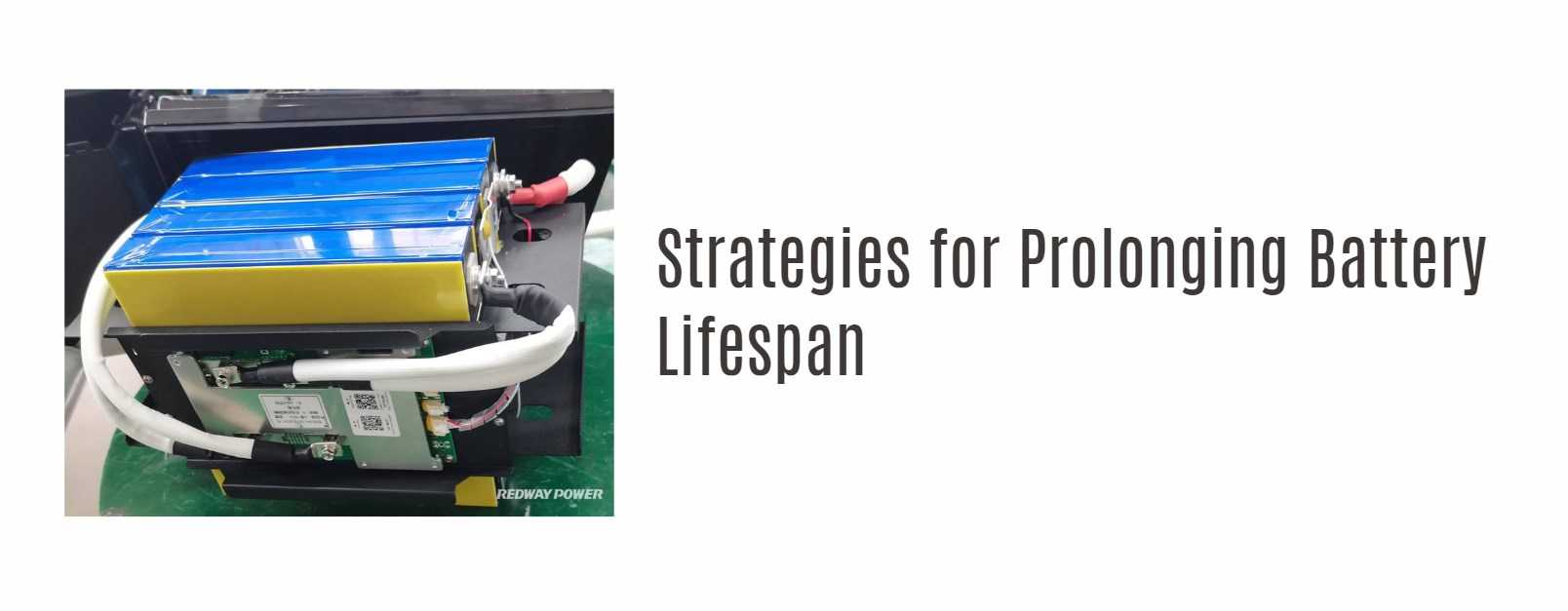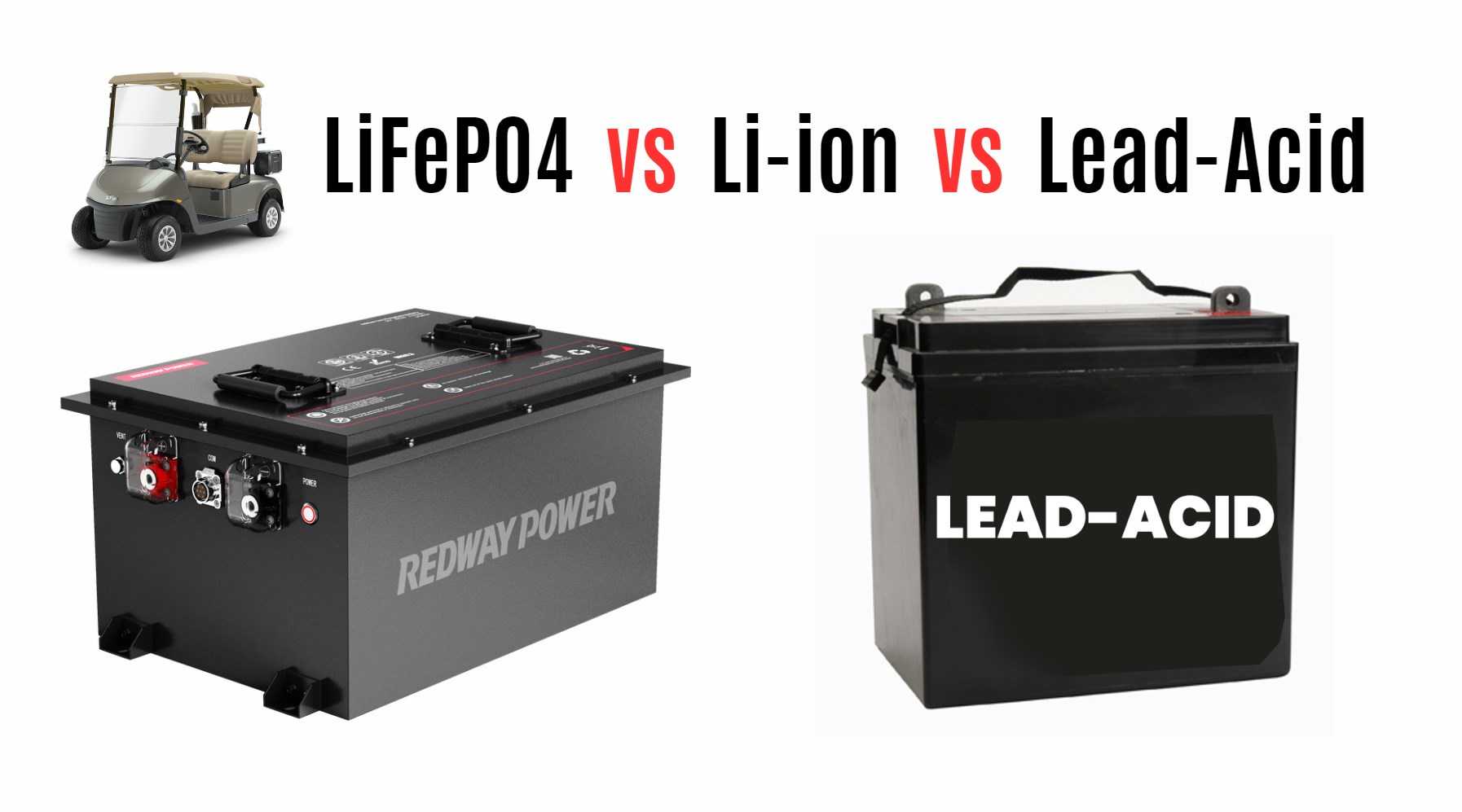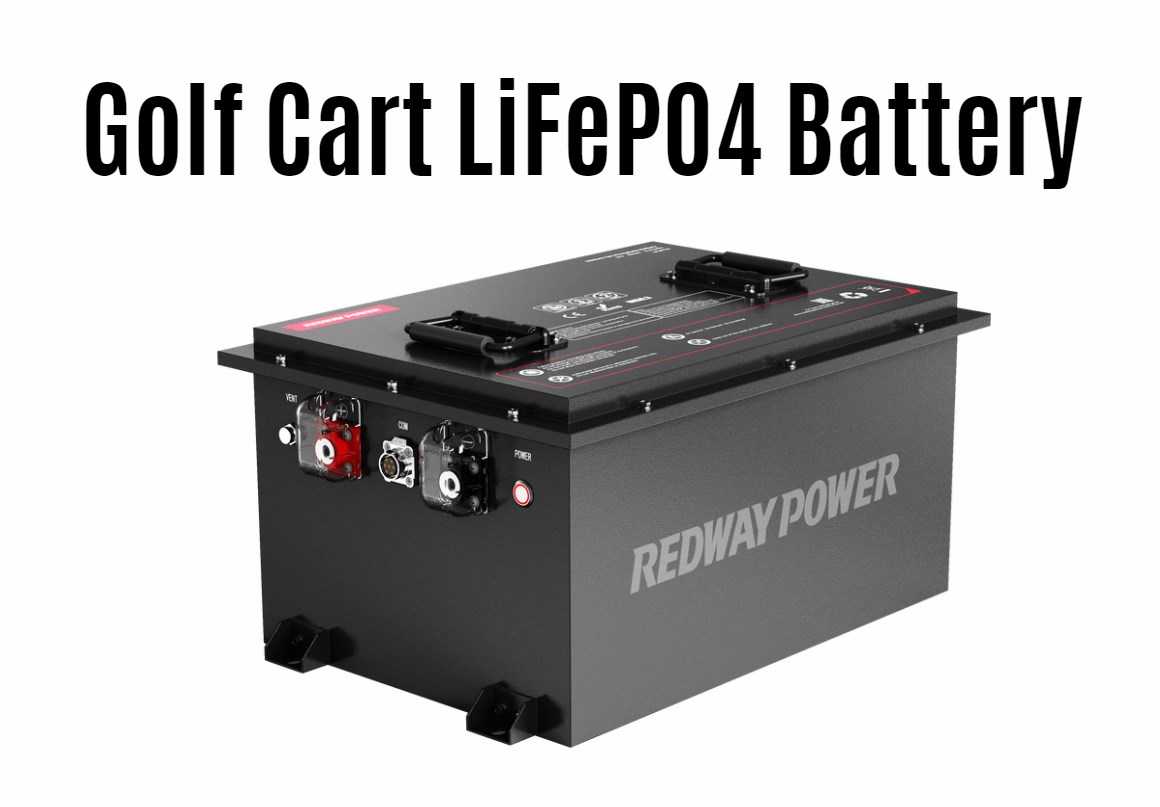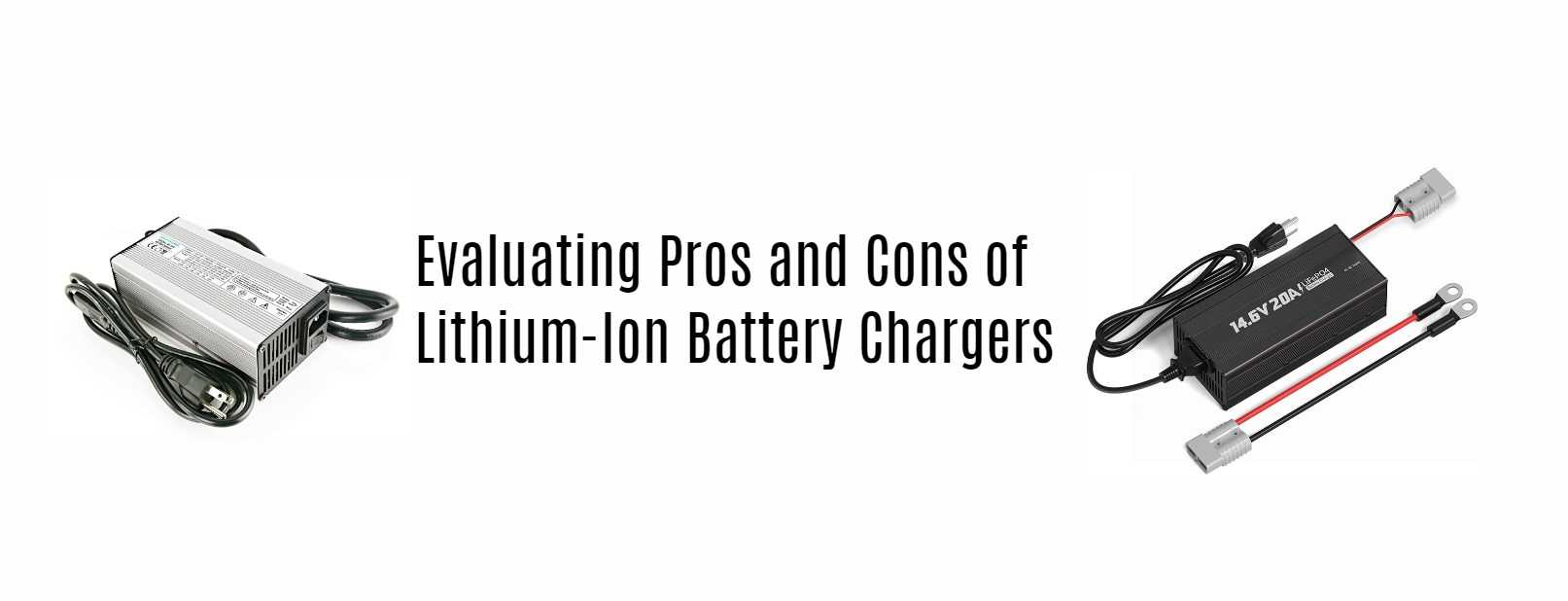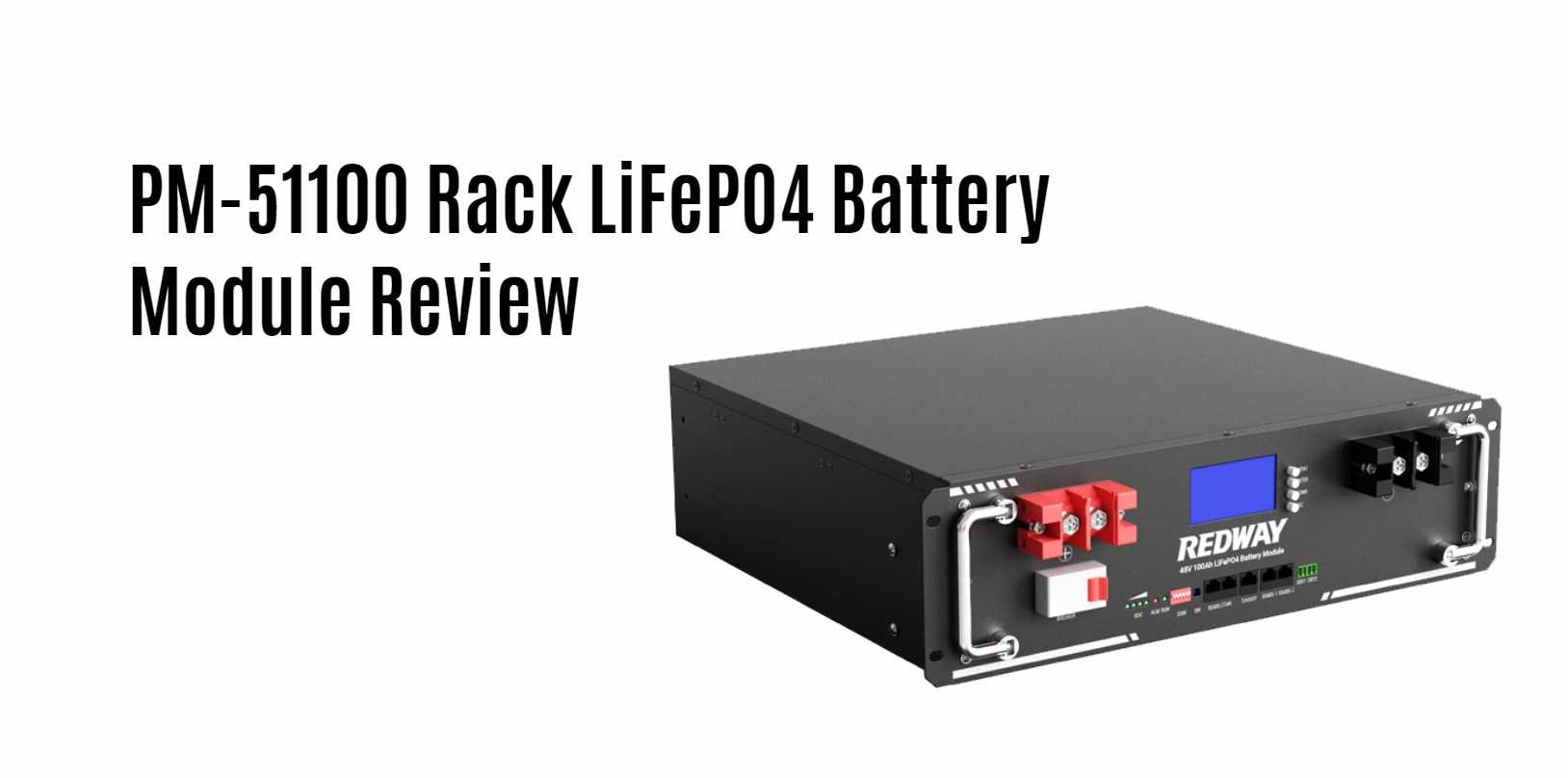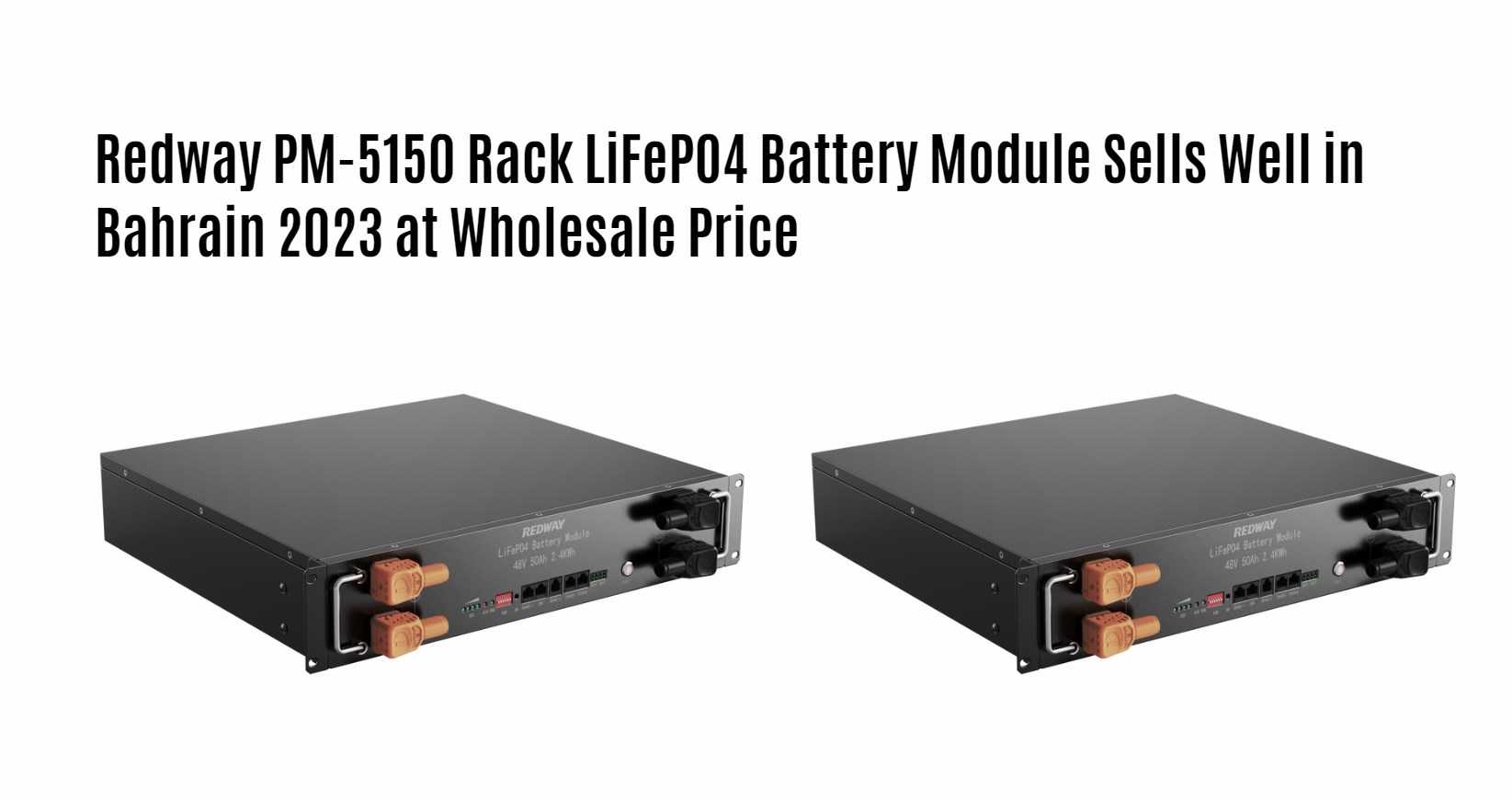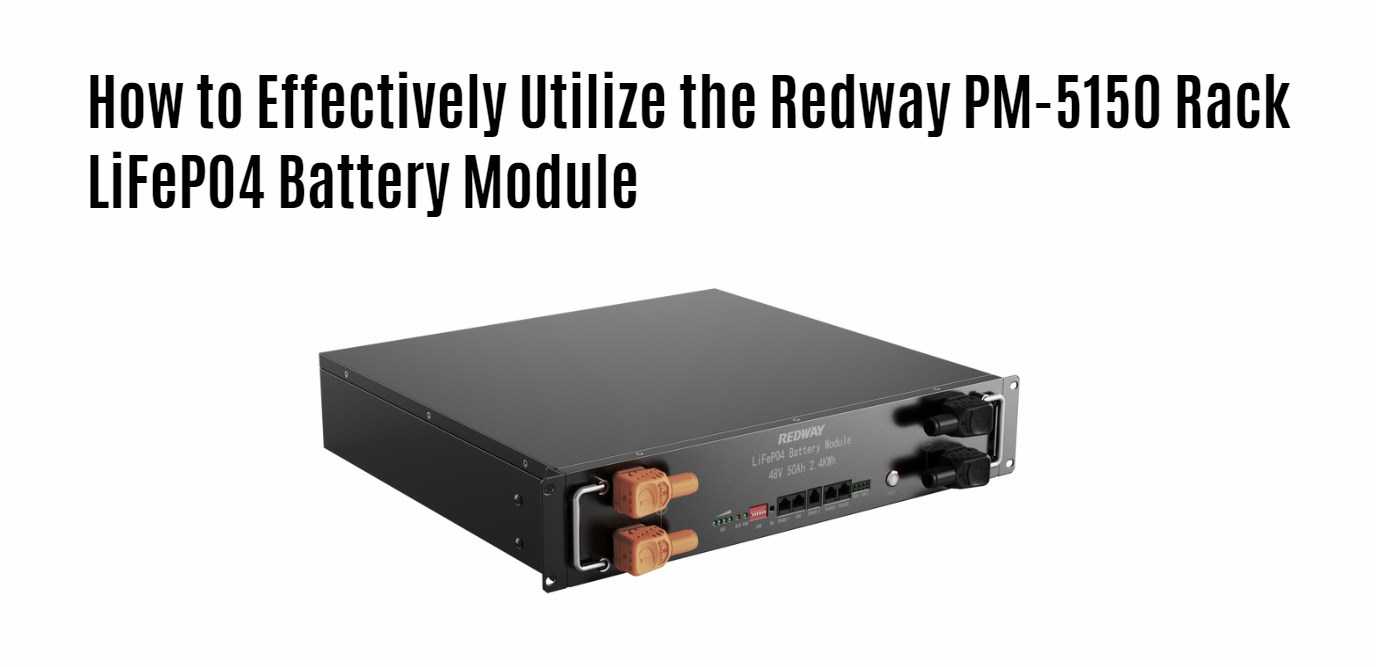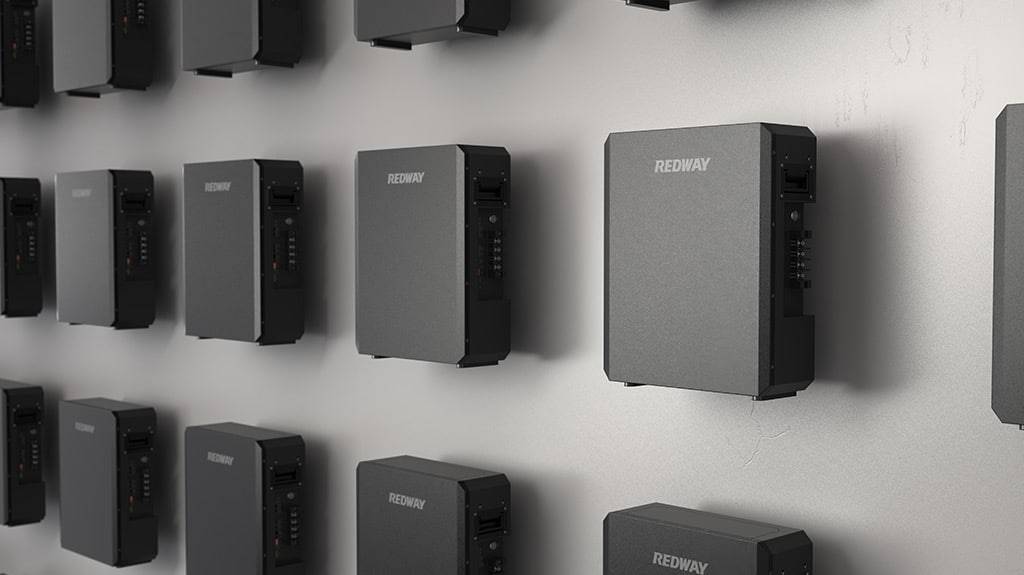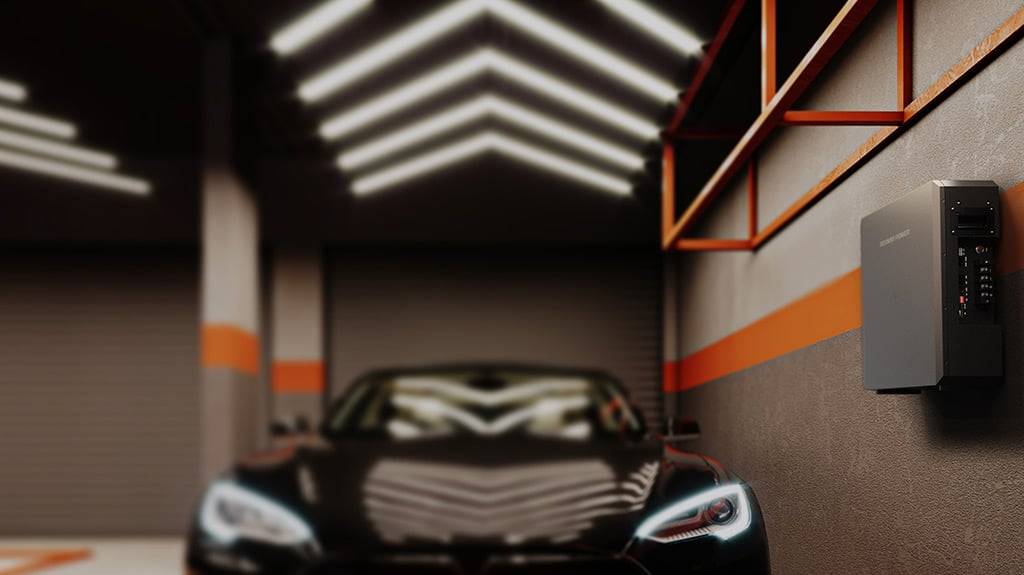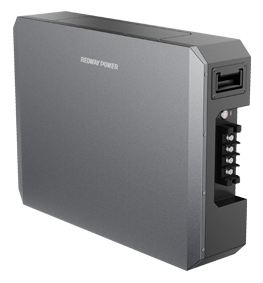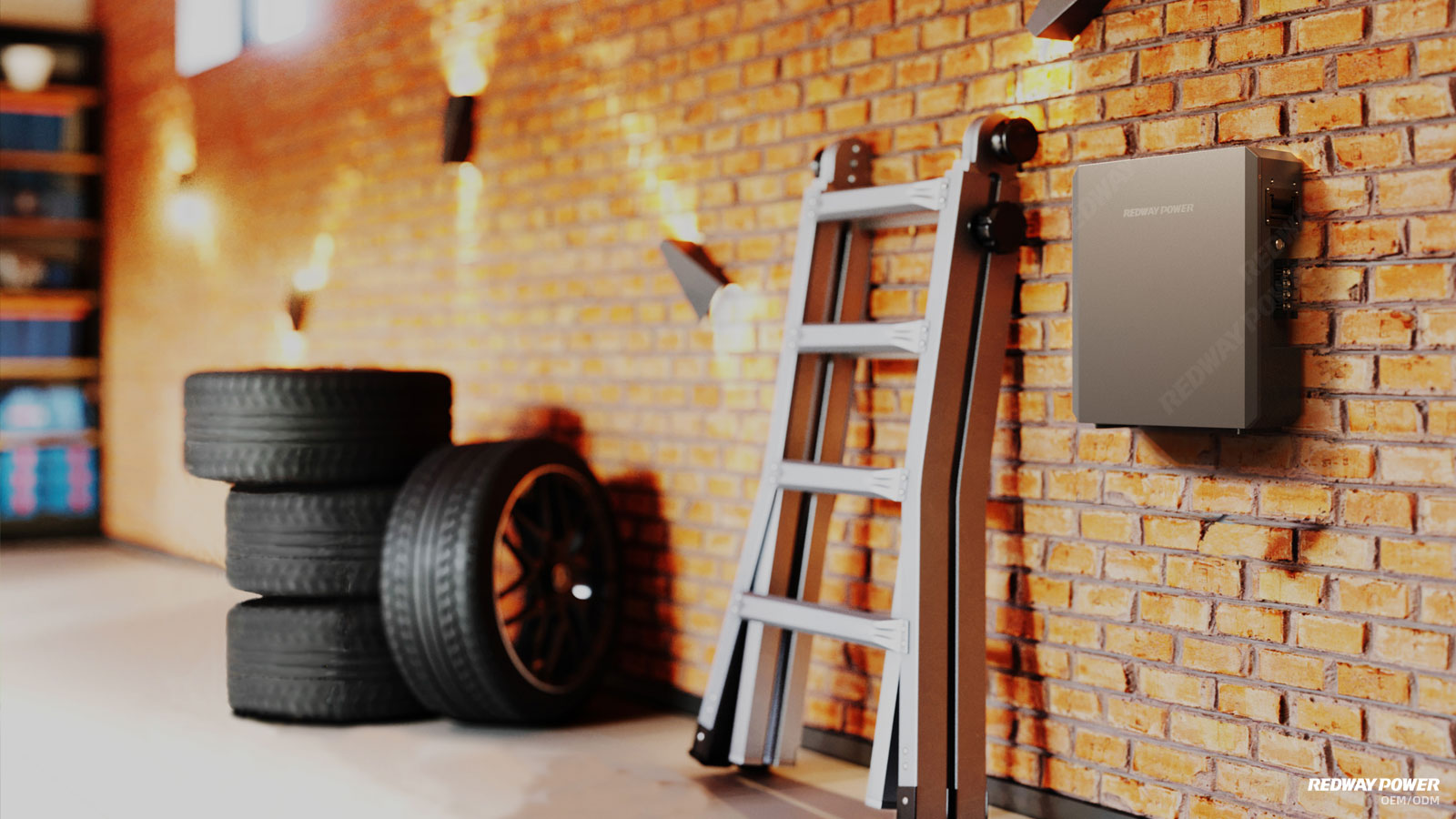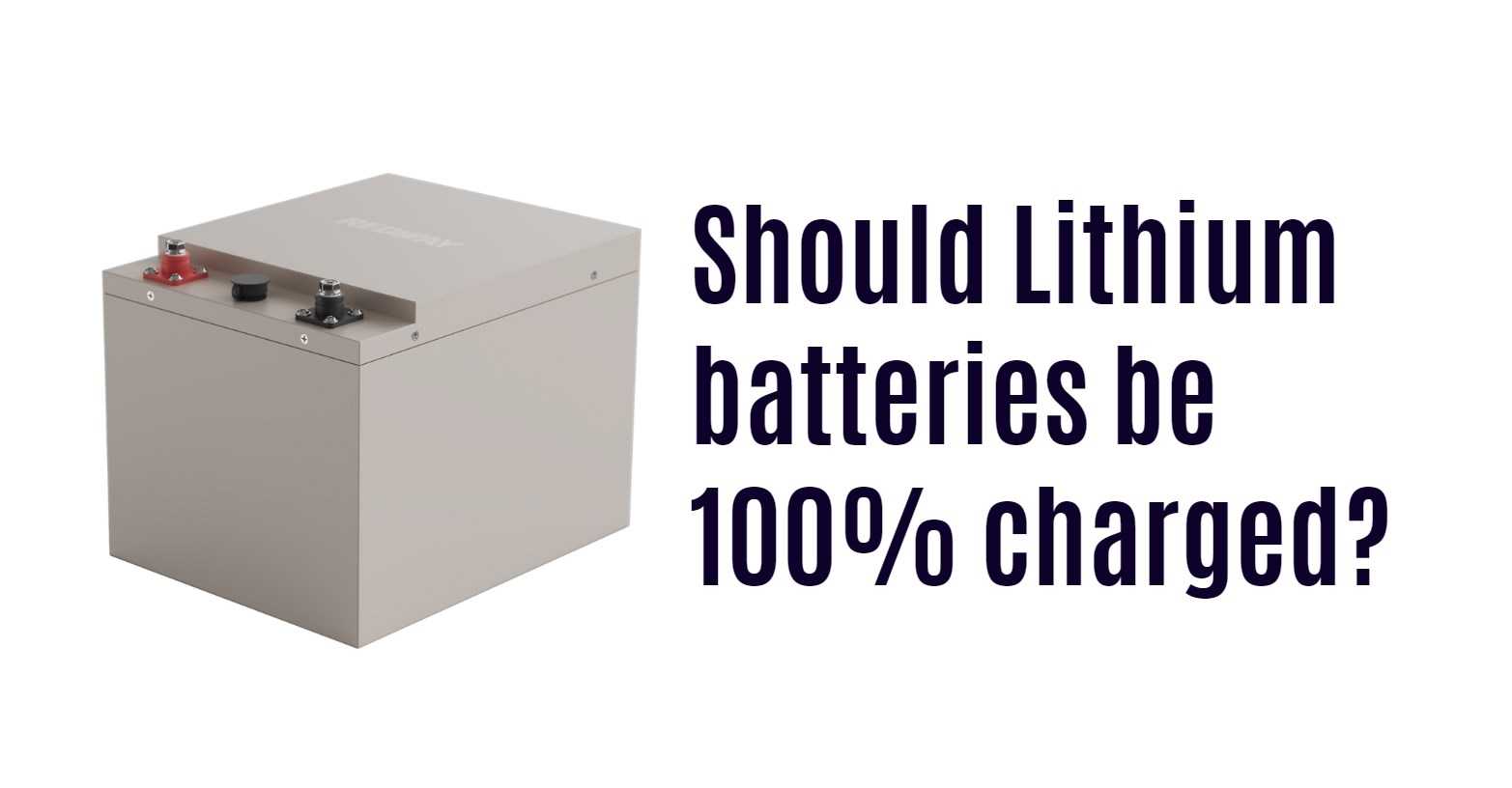The Evolution of Batteries: From Ancient Origins to Modern Innovations
At the heart of every portable electric device lies a technology so pivotal, its history spans millennia. Batteries, the silent powerhouses that drive our modern lives, have evolved from ancient experiments with electrical phenomena to the sophisticated energy solutions we rely on today.
Ancient Beginnings: The Birth of Battery Technology
The journey of batteries can be traced back to ancient times, where rudimentary forms hinted at their potential. Archaeological finds in Khujut Rabu, Bangladesh, unearthed terracotta jars containing copper sheets and iron rods, suggesting an early form of battery dating over 2,000 years ago. This discovery underscores humanity’s early fascination with harnessing electrical power.
Voltaic Revolution: Birth of the Modern Battery
The true birth of modern batteries can be attributed to Luigi Galvani’s experiments in the 18th century, where he observed frog muscles twitching when touched with electrically charged metals. This led to Alessandro Volta’s invention of the first true battery, the voltaic pile, in 1800. This revolutionary device paved the way for stable and consistent electricity generation, albeit with limitations that would later spur further innovations.
The Age of Advancements: From Daniell Cells to Lead-Acid Batteries
In the early 19th century, John Frederic Daniell introduced the Daniell cell, addressing issues of reliability in voltaic batteries by using a copper sulfate electrolyte. This marked a significant improvement in battery technology, setting the stage for further developments. Gaston Planté’s invention of the lead-acid battery in 1859 further revolutionized the field by introducing the concept of rechargeability, crucial for modern applications.
Modern Era Innovations: From Alkaline to Lithium-Ion Batteries
The 20th century witnessed rapid advancements in battery technology. The introduction of alkaline batteries in 1955 provided superior performance over zinc-carbon batteries, making them a staple in consumer electronics. However, it was the advent of lithium-based batteries in 1991 that truly revolutionized portable power solutions. Lithium-ion batteries, with their high energy density and rechargeability, have become ubiquitous in everything from smartphones to electric vehicles.
Impact on Electric Vehicles (EVs): Powering the Future
Electric vehicles, once a niche concept, owe their resurgence to advancements in battery technology. From Robert Anderson’s early electric carriage in 1830 to the pioneering efforts of Thomas Parker and William Morrison in the late 19th century, batteries have been integral to the evolution of EVs. The development of rechargeable batteries in 1859 marked a turning point, enabling practical and sustainable electric transportation.
Battery Sizes: From Standards to Specializations
As devices diversified, so did battery sizes. The introduction of standardized sizes like A, B, C, and D batteries in 1924 catered to various applications, but the demand for smaller, more efficient batteries led to the emergence of AA and AAA sizes post-World War II. Today, specialized battery formats continue to evolve, meeting the specific needs of modern electronics and electric vehicles alike.
The Role of Battery Management Systems (BMS): Ensuring Efficiency and Safety
Central to the operation of modern batteries is the Battery Management System (BMS), a critical component that monitors and controls battery performance. Originating in the early 21st century with the rise of lithium-ion technology, BMS has evolved to enhance efficiency and safety, crucial for the widespread adoption of electric vehicles and renewable energy storage solutions.
Conclusion: Looking Ahead to Future Innovations
As we reflect on the rich history of batteries, from ancient curiosities to indispensable modern marvels, one thing is clear: innovation is constant. Future advancements in battery technology, from solid-state batteries to advancements in energy storage, promise to redefine our world once again.

